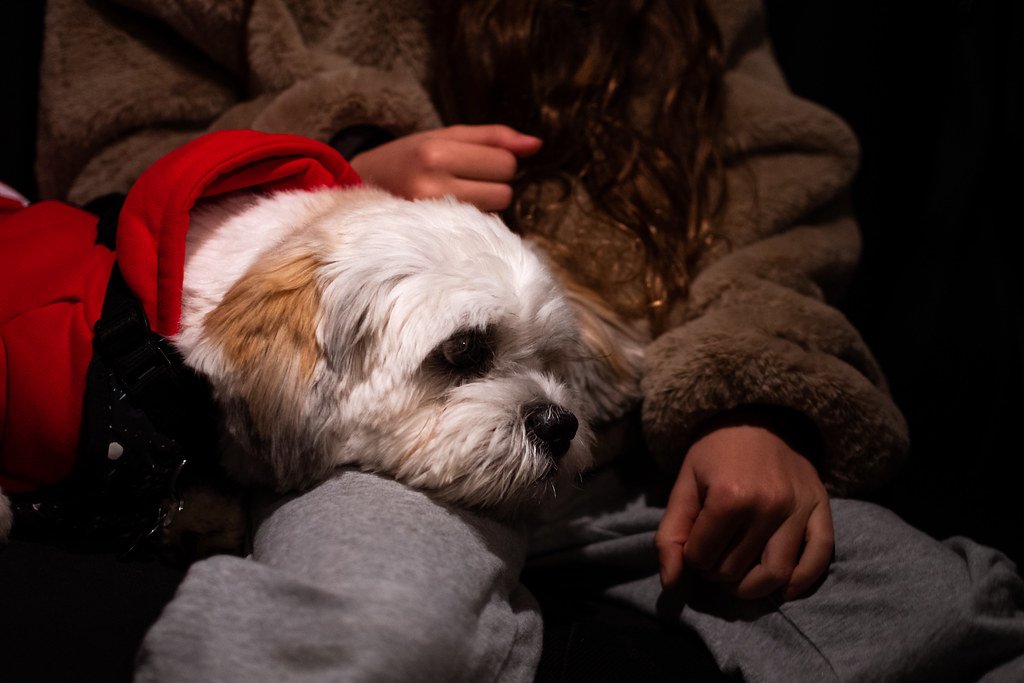There’s something magical about watching a dog transform when they finally feel truly secure. Maybe you’ve witnessed it yourself – that nervous rescue pup who slowly blossoms into a confident companion, or a fearful stray who learns to trust again. These moments remind us why the bond between humans and dogs runs so deep and meaningful.
When animals are anxious or afraid, their number one priority is to feel safe again. We’re no different. But when safety finally arrives? That’s when the real magic happens. The changes that unfold are both heartwarming and scientifically fascinating, revealing just how much our furry friends depend on feeling secure to truly thrive.
Their Body Language Becomes Completely Relaxed

The first thing you’ll notice when your dog feels safe is how their entire body seems to exhale. When a dog feels safe and content, their body appears loose and relaxed. Those tense muscles that once screamed “ready for action” melt away into something beautifully fluid.
The body is fluid and relaxed, the mouth is slightly open with the tongue hanging to the side and all the signals a dog gives off communicate joy, confidence, and a desire to invite play and attention. Their shoulders drop, their gait becomes easy and bouncing, and you can almost see the weight of worry lifting from their frame. It’s like watching someone finally take off shoes that were too tight.
They Sleep More Deeply and Dream Peacefully

Safe dogs don’t just sleep more – they sleep better. You might also catch your dog dreaming – those adorable paw twitches or quiet yips are signs they’re in REM sleep, which means they feel secure enough to fully relax. This deep REM sleep is crucial because it’s when their minds process the day’s experiences.
REM sleep will be at its peak when a dog is most relaxed. Instead of that light, vigilant dozing where every sound makes them jump, secure dogs surrender completely to slumber. You’ll see their legs paddling as they chase dream rabbits, their tails giving sleepy wags, and soft whimpers that speak of adventures in dreamland rather than nightmares.
Their Eyes Become Soft and Trusting
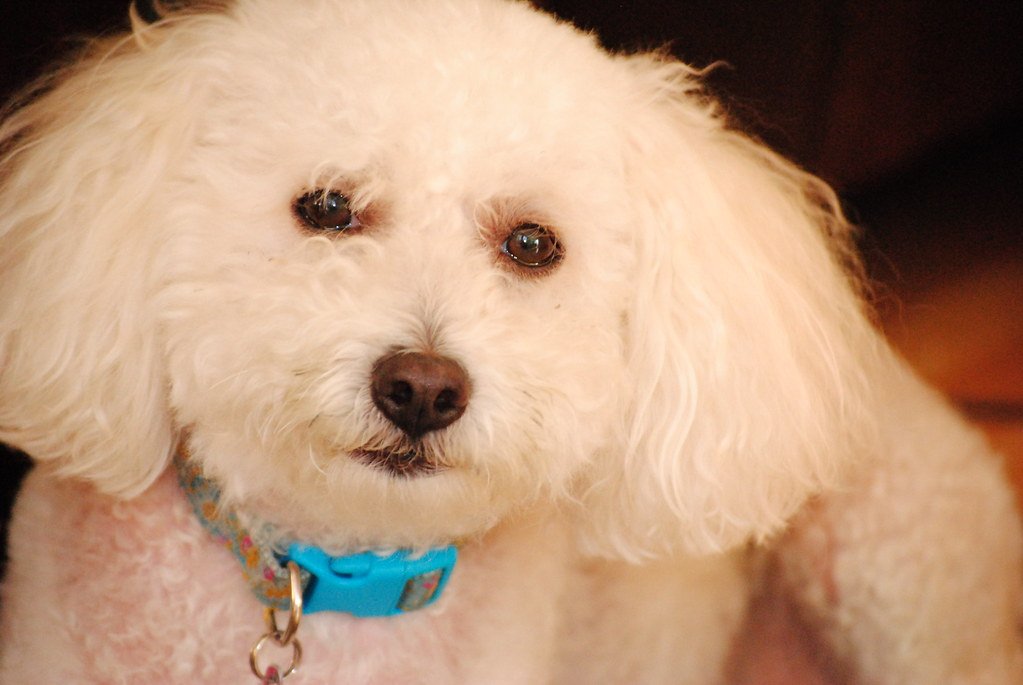
The change in a safe dog’s eyes is perhaps the most touching transformation of all. Relaxed ears that are neither pinned back nor overly alert, coupled with soft, squinty eyes, signify a content and secure dog. Those hard, scanning eyes that once watched for threats become gentle and inviting.
First, a dog’s eyes can be soft or hard. Soft eyes have relaxed lids and can sometimes look like the dog is squinting. They indicate the dog is calm or happy. When your dog looks at you with those soft, almost sleepy eyes, they’re telling you something profound – that in your presence, hypervigilance isn’t necessary anymore.
They Show Their Vulnerable Belly
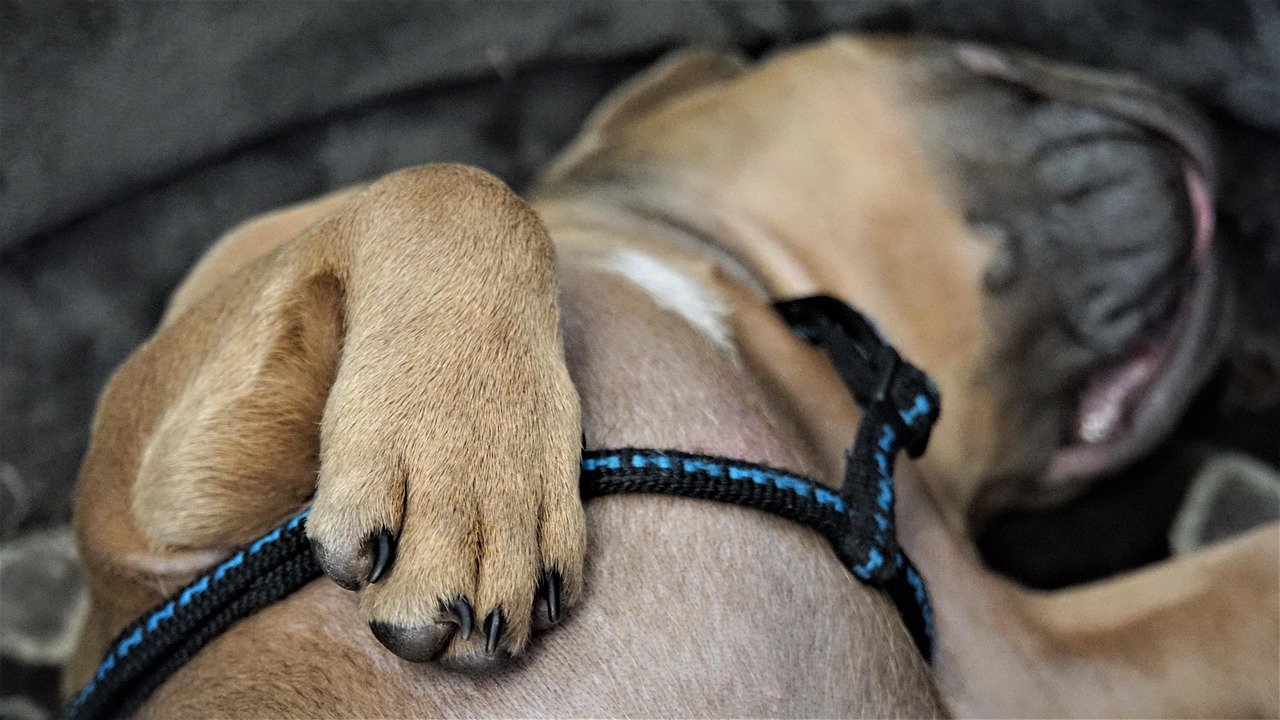
Perhaps nothing says “I trust you completely” like a dog rolling over to expose their belly. Happy dogs may also flop onto their backs and expose their bellies – a vulnerable position that shows trust. This isn’t just playfulness – it’s the ultimate gesture of faith in their safety.
A dog that sleeps on its side is exposing their most vulnerable regions, which means they feel safe and comfortable in their environment. When they sleep on their backs, paws up in the air, they’re basically saying “I’m so confident nothing bad will happen that I’ll put myself in the most defenseless position possible.” It’s both adorable and deeply meaningful.
They Seek Out Physical Contact and Affection
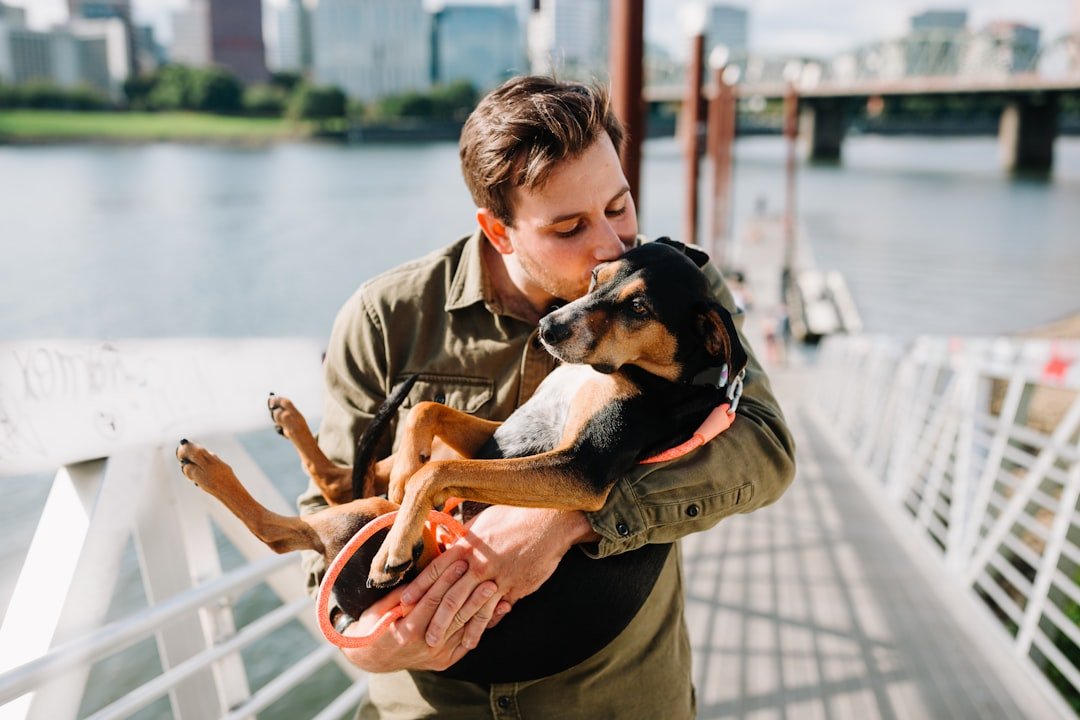
Safe dogs become love magnets. Dogs are naturally affectionate creatures, and when they feel safe and happy, they’ll show it in their own unique ways. From cuddling and licking to nuzzling their head against you, these behaviors are their way of saying, “I trust you.” They transform from standoffish to snuggly, seeking your touch as comfort rather than shrinking from it.
Dogs often lick as a gesture of affection and trust. This behavior is rooted in their instincts, resembling the way pups interact with their mothers. When your dog licks you, it’s a sign of bonding and comfort. Those gentle nudges with their nose, the way they lean into your leg, or how they rest their chin on your lap – these aren’t just cute behaviors, they’re declarations of trust.
Their Ears Relax Into Natural Positions

Watch a fearful dog’s ears and you’ll see them constantly moving – forward in alertness, back in submission, or pinned flat in fear. But when safety settles in, something beautiful happens. Their tail might gently wag, and their ears will be upright or in a neutral position (not flat against their head). The ears find their natural, relaxed position for their breed.
No more constant radar scanning or defensive positioning. Instead, their ears move with casual interest rather than hypervigilant attention. They might perk up when they hear the treat bag rustle, but they’re not constantly analyzing every sound for potential threats. It’s the difference between a security guard on high alert and someone just enjoying the sounds around them.
They Start Playing and Being Silly
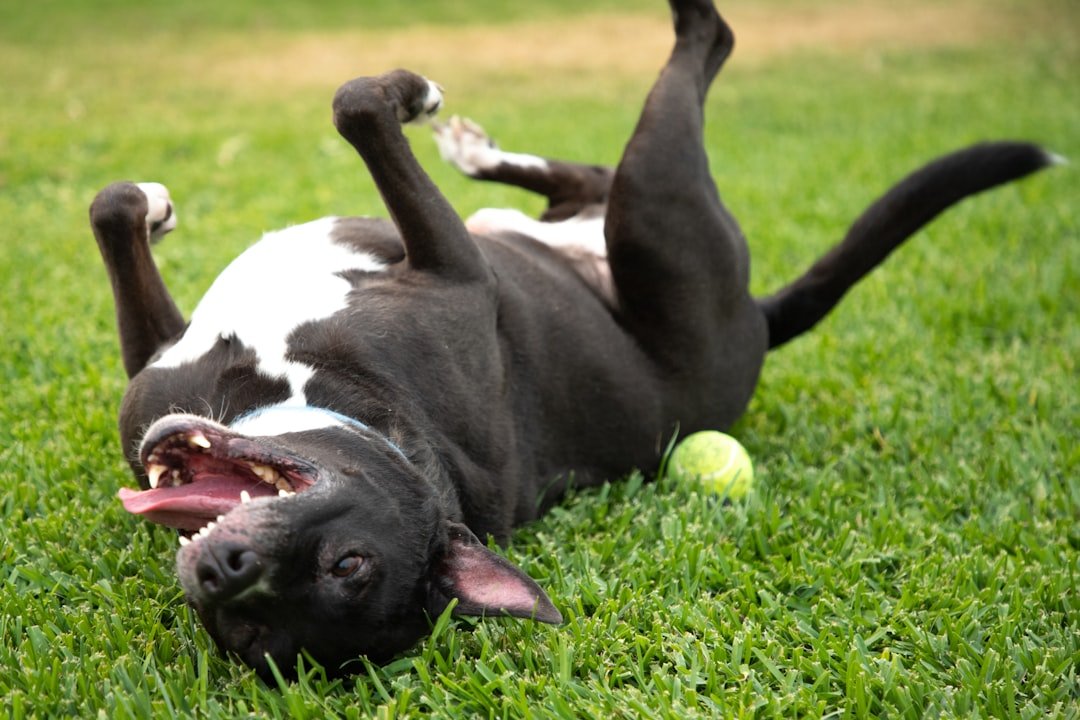
Play is the language of joy, and safe dogs are fluent speakers. When your dog feels happy, they’ll show signs similar to when they’re relaxed, but their tail will wag even more! If they want to play, they might lower the front half of their body while raising their bottom in the air – this is called a ‘play bow’. This delightful position is an invitation to fun times.
You’ll see them bringing you toys, doing those adorable bouncy hops, or engaging in silly behaviors like the “zoomies” – those wonderful bursts of pure joy where they race around like furry lightning bolts. Play requires a dog to feel secure enough to be vulnerable and carefree, making it one of the clearest signs that safety has truly taken root in their heart.
They Develop Routine Preferences and Habits
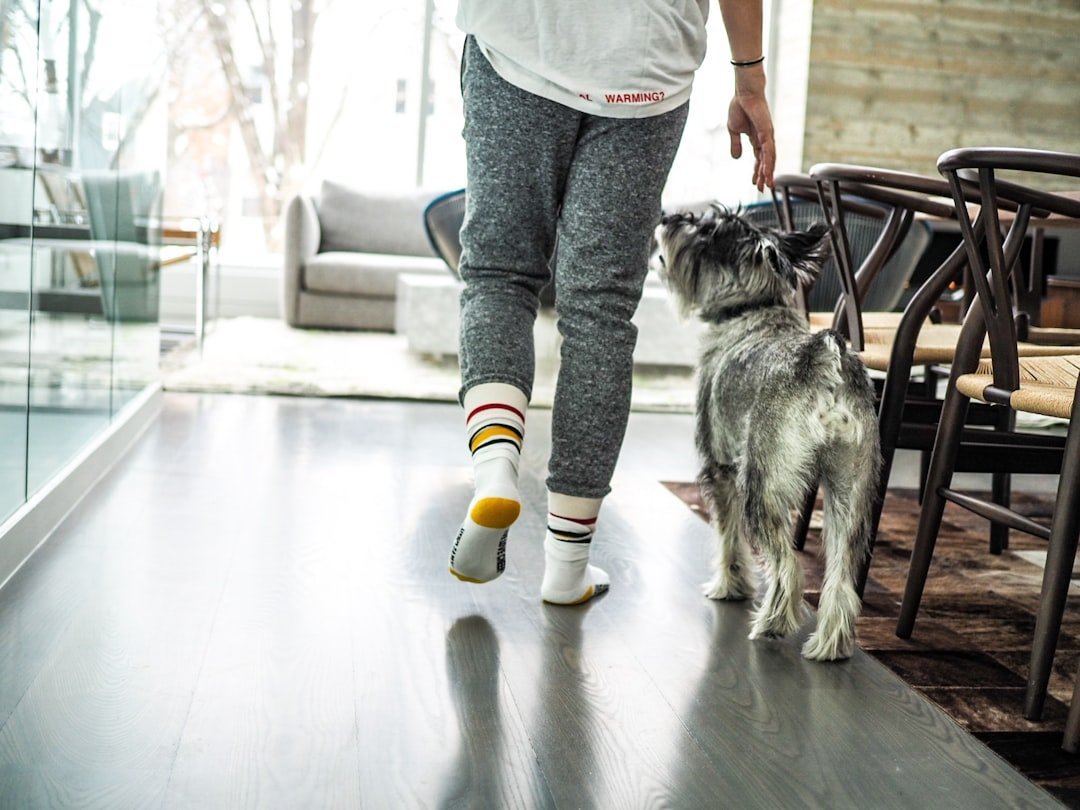
Safe dogs become creatures of delightful habit. Establish a consistent routine, provide plenty of positive reinforcement, and create a cozy, quiet space where they can relax. They start claiming favorite spots – that sunny patch by the window, the corner of the couch, or right beside your bed.
These aren’t just random choices; they’re expressions of feeling secure enough to have preferences. They know their breakfast comes at 7 AM, walks happen after dinner, and bedtime means their special blanket. This predictability isn’t boring to them – it’s profoundly comforting. They’ve moved from survival mode to actually living.
They Eat With Relaxed Enjoyment
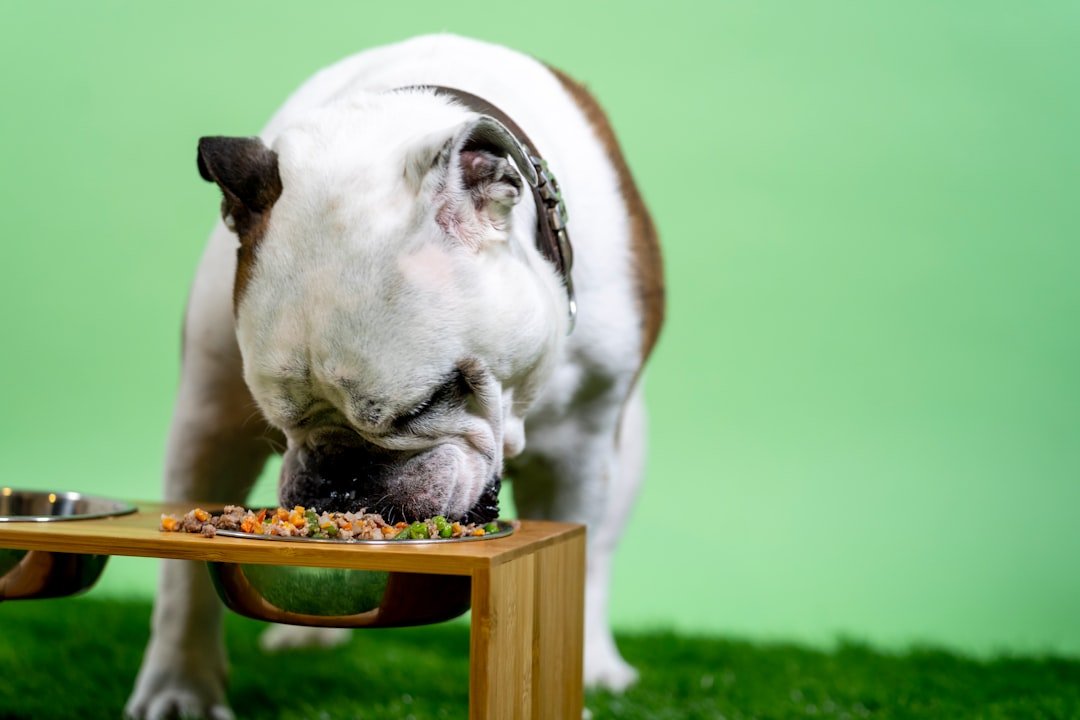
Fearful dogs often eat quickly, gulp their food, or may even refuse to eat when stressed. But secure dogs? They savor their meals. They might take their time, even wander away mid-meal and come back later because they trust the food will still be there.
You’ll notice they’re not guarding their bowls as intensely, they don’t flinch when you walk by during mealtime, and they might even bring their favorite toys to eat beside. Food stops being about desperate survival and becomes about enjoyment and nourishment. Some dogs will even play with their food or save special treats for later – luxuries only available to those who feel truly safe.
They Make Direct, Loving Eye Contact
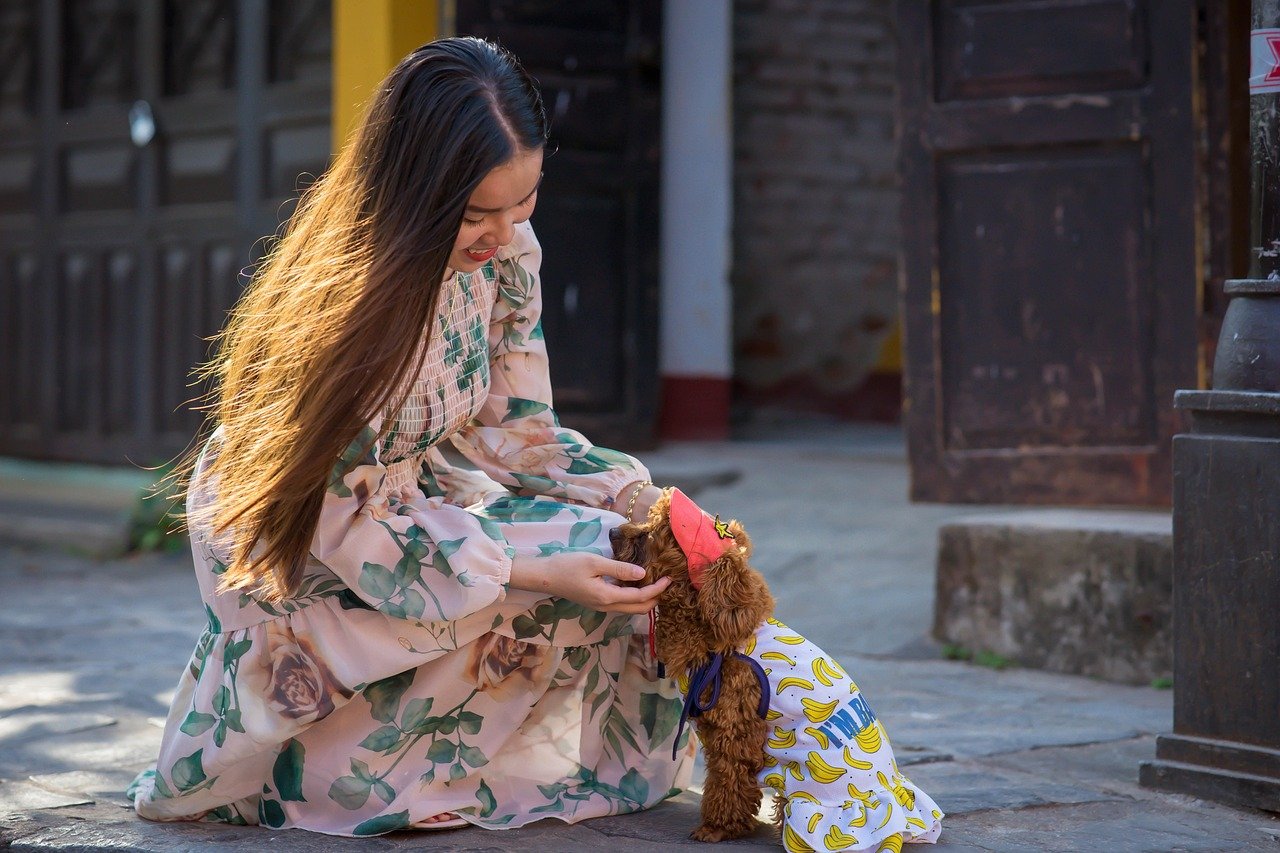
The power of a trusting gaze between human and dog is scientifically proven to be special. Direct eye contact is a powerful form of communication in the canine world. When your dog looks you in the eyes, it signals trust and a strong bond, as prolonged eye contact can be perceived as a challenge in dog language. When fearful dogs finally feel safe, their eye contact transforms completely.
This shared gaze between humans and dogs has been associated with the release of oxytocin, often referred to as the ‘love hormone’. This hormonal response further strengthens the emotional connection, reinforcing the sense of security and affection your dog feels in your presence. Those loving looks aren’t just sweet – they’re biochemical proof of the bond you’ve built together.
Conclusion
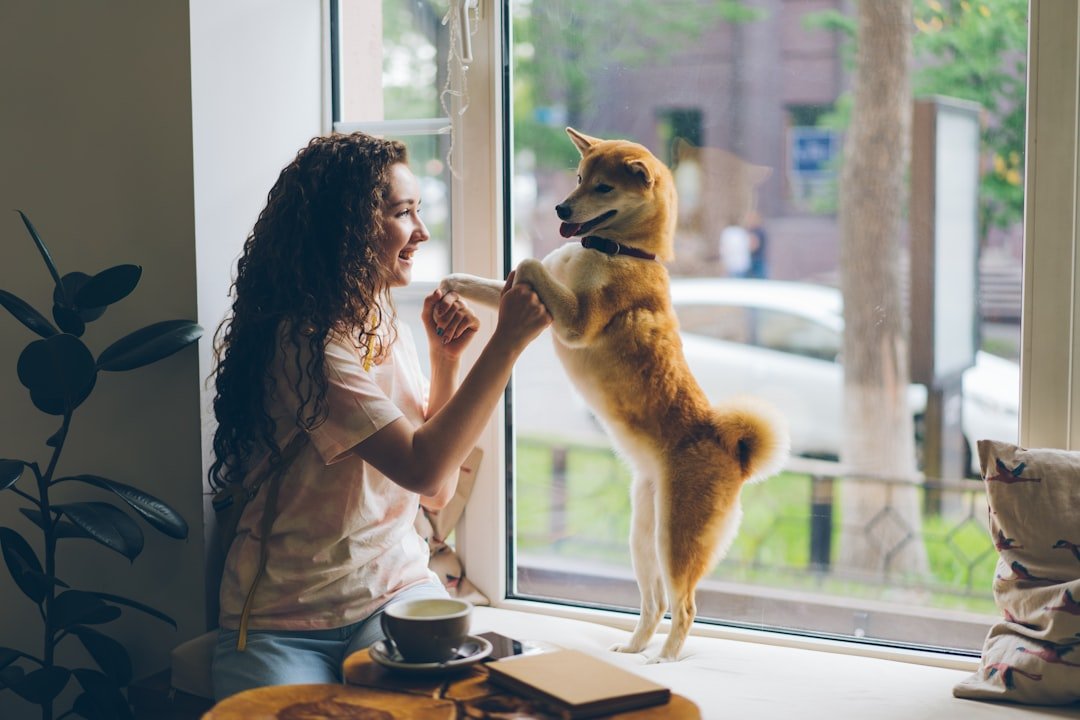
The journey from fearful to secure is one of the most beautiful transformations you can witness in the animal kingdom. Once they feel safe, they will learn to trust you and will begin to gain more confidence. Each small change – the softer eyes, the belly rolls, the playful bows, the peaceful sleep – represents a victory over fear and a step toward joy.
These changes remind us that safety isn’t just about physical security; it’s about emotional well-being, trust, and the profound connection that’s possible between species. When we create environments where dogs feel truly safe, we’re not just helping them survive – we’re helping them flourish into their most authentic, joyful selves.
What touches you most about watching a dog discover they’re finally safe?
Jen is a passionate nature lover and ocean conservationist. She has dedicated her life to protecting the environment and preserving the beauty of the natural world. Growing up in a small coastal town, Jen sincerely appreciated the ocean and its inhabitants. She has spent countless hours exploring the shoreline, learning about the creatures that inhabit the waters, and advocating for their protection. Jen is an active member of ocean conservation organizations, and she is committed to educating the public about the importance of conserving wildlife and the natural environment.

